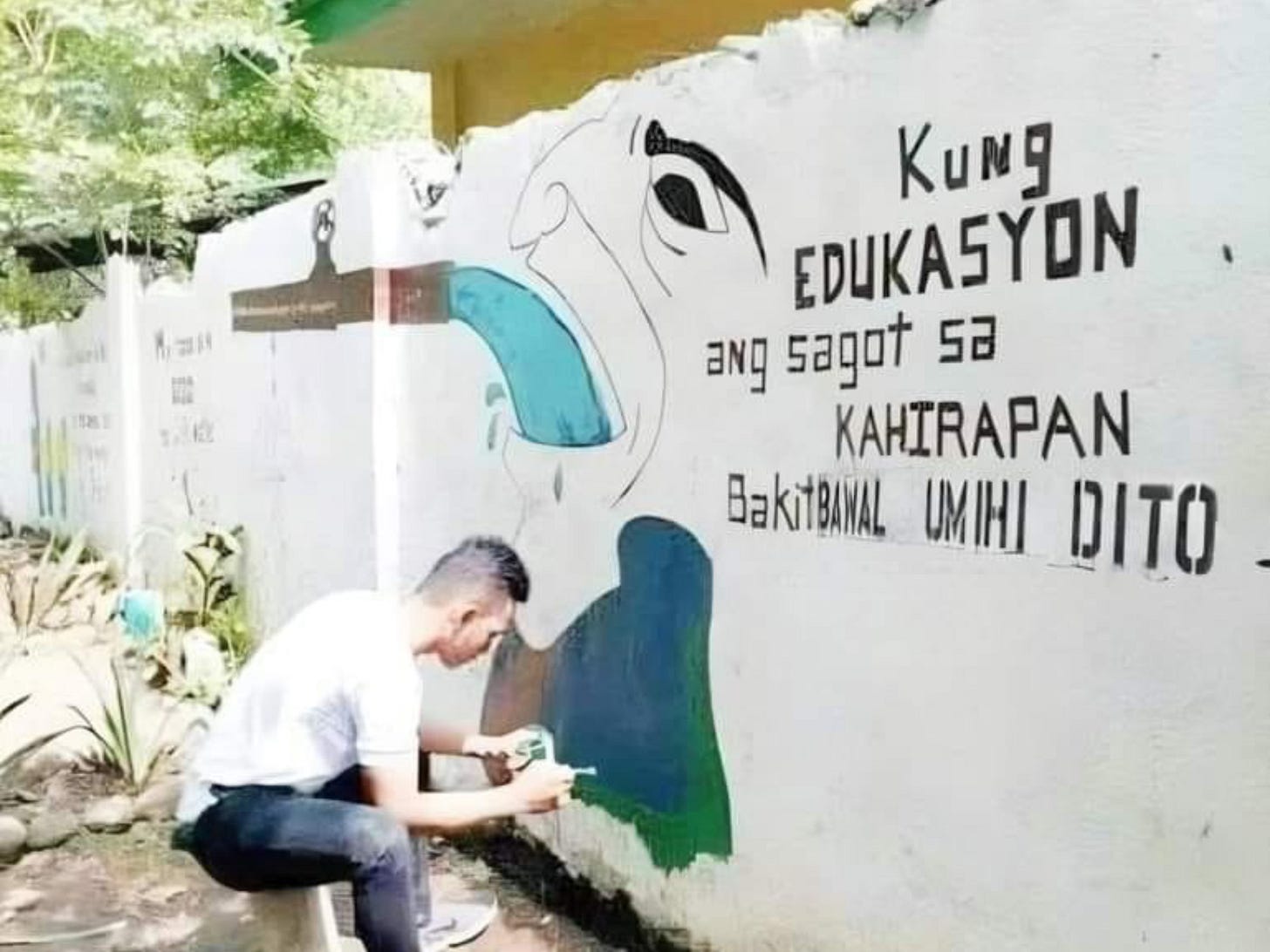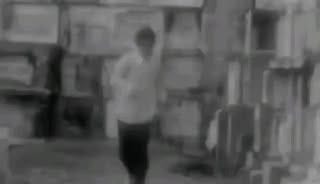Ebascore: The underground's response to the cookie-cutter mainstream and indie scenes
Ebascore is absurd, storytelling-rich, and chock-full of technically skilled musicians.
Over the past few weeks, Moondream City’s “Road Song” has been making the rounds on TikTok and Instagram. The snippet features the band commenting on the state of public transportation in the Philippines and pairing it with metal instrumentals a la Tubero.
While “Road Song” is very far from Moondream City’s previously established pop-rock band sound, the song is a look into a growing scene of acts in the Philippines that marry storytelling, comedy, spoken word, and social commentary with very technically-skilled instrumentals.
My friends from college and I have called this growing community “ebascore” — ebas, from the Filipino slang word for “talking nonsense” and core, from the Gen Z social media suffix for a certain aesthetic. In a way, ebascore acts have taken inspiration from similar spoken word artists that have come before them: Tubero, Radioactive Sago Project, and Yoyoy Villame, to name a few.
Take for example Bon Jubert, a self-described “basurock” band, that blends rock, funk, and disco with spoken word lyrics that seem to be about everything and nothing. In “Weng-Weng,” the lead singer takes on the persona of a man from Cotabato who flew to Manila to look for his girlfriend, Weng. As he looks for Weng, he gets mixed up with the sounds of “weng-weng” (an onomatopoeic word for sirens). While the story unfolds, as a listener, you’re surrounded with smooth and groovy bass lines, killer funk guitar riffs, all culminating in the outro: “Sabi ni Kim Jong-Un, weng-weng! Sabi ni Donald Trump, weng-weng!” until the singer repeats “weng-weng” over and over again.
Another example is Sebastian.ebas, where the frontman Thomas Pajarillaga takes on the character of “Sebastian.” Their live sets are one, unending storyline of Sebastian’s adventures and misadventures, such as seeing a ghost in the corner of his classroom, buying toyo (soy sauce) and bawang (garlic) for his mother, and so on and so forth.
You could also take a look at one of the newer acts on the scene today: Muntinlupa Jazzcore Society. The duo play jazz while taking on the personas of “holdapers” (robbers) who escaped from Bilibid Prison. They don on ski masks and black-and-white striped long-sleeved shirts.
In the Visayas, you have artists like Jinji and his SIMULASAWALA record, where he pairs contemporary jazz with lyrics that are similarly absurdist in tracks like “ANG LAGKIT LAGKIT MO NA” (You’re So Sticky).
These four artists are just the tip of the iceberg in a fast-growing collective of acts that continue to push the envelope for lyrical storytelling, experimental music, and comedy. What’s interesting to note is that this collective currently exists along the fringes of the Philippine music scene, not just away from the mainstream, but the indie scene as well.
Whether you like it or not, there is a hierarchy or an “in-crowd” and “out-crowd” within the younger indie scene in the Philippines (especially Manila). Sure, you have the circles of the material elite (your Ateneo, UP, Benilde graduates), but you also have the circles of the cultural elite, or those that hold the most clout and are “cultural gatekeepers” (think The Flying Lugaw crowd, and their ilk).
These crowds tend to operate within their own spheres. You’ll see them book the same acts for their gigs or see the same people in their audiences. Despite being in the “indie scene,” you’ll see that they are often well-connected to the mainstream, or other key players in the local music industry. The current dynamic in the music industry is no longer defined just by the material capital to start a band or a production house, but also the cultural capital to access certain opportunities and spaces.
Let’s be very clear: this is not a dig at these production houses or crowds. I’ve been at these gigs, supported these production houses, and am a fan of the acts that are in these scenes. However, objectively speaking, acts with truly innovative and novel sounds in these spaces are few and far in between. This is not to say that they aren’t good or talented, but talented is very different from innovative.
So where do your fringe acts exist? I call this space the “true underground” — your weekday open lineup gigs, in random bars and spaces throughout the Metro, that are mostly populated by working class artists and organizers. Beyond just their material conditions, these are also people who are outside that “inner circle” network. They are typically not connected at all to any of the “inner crowd,” don’t consume mainstream music media, and put on shows for the love of music. These are your tito rockers and your barangay fiesta cover bands. Sure, not all of the acts in these spaces are novel and exciting, but there are gems that you can only find by distancing yourself from inherent biases and actively seeking out a different perspective on music.
Internet culture and algorithms have forced us further and further into echochambers. As a result, we tend to regurgitate the music trends that we’re exposed to. We saw this with how many shoegaze, garage, and dreampop bands emerged into the scene during its boom a few years ago. This is only further reinforced in live gigs, where you see the same crowds in gigs with the same lineups, playing the same genres. This isn’t inherently bad, but it contributes to the larger problem of cultural stagnation in the digital age.
READ MORE: Your parents' favorite artists are going viral on TikTok
What makes ebascore interesting is that it’s fun. It’s novel. It’s inherently fringe. It’s a culture that has developed by virtue of existing on the outside. Whether their lyrics are pure parody or injected with social commentary, ebascore tells uniquely Filipino stories with uniquely Filipino humor. That challenge of bridging the absurd and surreal with experiences that mass audiences can relate to takes real talent - and these acts are full of it.








